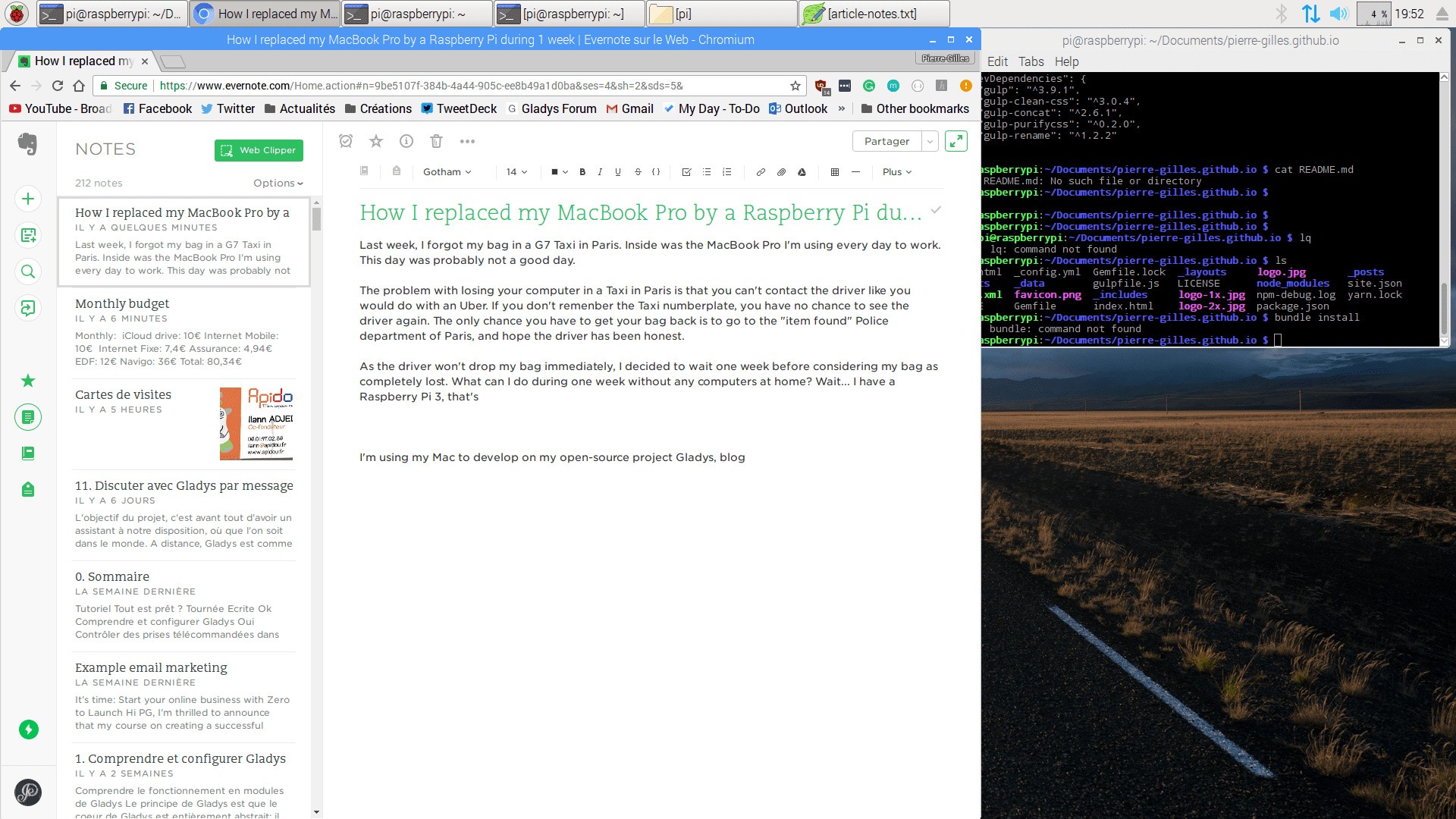

- #Setting up raspberry pi as emulator mac for mac
- #Setting up raspberry pi as emulator mac install
- #Setting up raspberry pi as emulator mac driver
- #Setting up raspberry pi as emulator mac for android
We currently have an ongoing beta program for users to try it and if you want an invitation you can join the waitlist here. Separately, I’m currently working on a platform that enables developers to efficiently diagnose, resolve, and optimize their automation tests.
#Setting up raspberry pi as emulator mac for android
That’s it we’re done! 🎉 You now have everything setup to develop and run Appium tests for Android and iOS.
#Setting up raspberry pi as emulator mac for mac
You can download the latest release of Appium Desktop for Mac from the official releases section of the GitHub Repo.
#Setting up raspberry pi as emulator mac install
Now that we have Node.js installed, we can install Appium Server via npm: npm install -g appium Appium Desktop asdf install nodejs 16.6.0 asdf global nodejs 16.6.0 Appium Server Note: At the time of writing this, 16.6.0 is the latest. Node.js 16 has Apple Silicon support so we can install the latest version and make it globally accessible on our system. Next, we can list all Node.js versions: asdf list-all nodejs Similar to before, we’ll add the nodejs plugin to asdf.

Alternatively you can install Appium Desktop. Node.js is a prerequisite for running Appium Server, so we will install it first. We can then open the simulator by navigating to Xcode > Open Developer Tool > Simulator. We can download an iOS Simulator in Xcode by navigating to Xcode > Preferences > Components > Downloading a iOS Simulator version. IOS setup is straightforward since we already have Xcode installed. Note: You can verify your ANDROID_HOME location by opening Android Studio and then clicking on Configure > SDK Manager > System Settings > Android SDK and then taking a look at the Android SDK Location path.
zshrc to ensure we have CLI access to all of the Android SDK components, such as the emulator and platform tools: # Android Home export ANDROID_HOME="$HOME/Library/Android/sdk" export PATH="$:$ANDROID_HOME/emulator:$ANDROID_HOME/tools:$ANDROID_HOME/tools/bin:$ANDROID_HOME/platform-tools" We’ll add ANDROID_HOME to our path in our. ~/.asdf/plugins/java/set-java-home.zsh ANDROID_HOME Note: You can verify the JAVA_HOME path of the installed global Java SDK by running. zshrc: # Java export JAVA_HOME="$HOME/.asdf/installs/java/zulu-8.56.0.23/zulu-8.jdk/Contents/Home" When you install a Java SDK using asdf it will be installed under ~/.asdf/installs/ like such: ~/.asdf/installs/java/zulu-8.56.0.23/zulu-8.jdk/Contents/Home You can download from the official Android Studio releases page here. There’s an official release of Android Studio called Android Studio Arctic Fox that includes preview support for Apple Silicon. For example using Homebrew on macOS: brew install asdf Android Setup For those that have used nvm before, it’s like a generalized nvm, but inclusive of other languages.įirst install the requisite dependencies based on your platform. It provides a single CLI tool you can use for installing Node, Java, and other languages. asdfĪsdf is a convenient version manager for language runtimes. That said, it’s still helpful to have since some optional dependencies you may want to use do require Carthage. However, as of Appium 1.20.0+ it’s technically not required anymore.
#Setting up raspberry pi as emulator mac driver
Note: The XCUITest driver for Appium previously required Carthage being installed. You can install it via homebrew: brew install carthage To install Homebrew, you can execute their interactive installation script in your terminal: /bin/bash -c "$(curl -fsSL )" CarthageĬarthage is a popular dependency manager for macOS and iOS projects. It has an extensive collection of packages, which it calls formulae (CLI) and casks (GUI). Homebrew is a popular package manager for macOS. Xcode Command Line ToolsĪfter Xcode is installed, enter the following command in your Terminal to install Xcode’s supplementary command line tools: xcode-select -installįor context, the supplementary Xcode Command Line Tools are important because they contain the Apple LLVM compiler and Make, which package managers rely on in order to install packages and associated dependencies. You can Install Xcode directly from the macOS App Store.


 0 kommentar(er)
0 kommentar(er)
